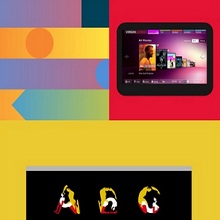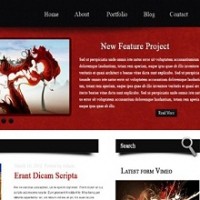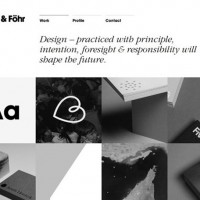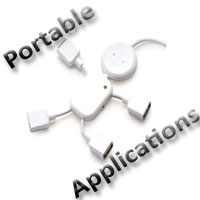In today’s digital world, the role of Artificial Intelligence (AI) in web design is nothing short of revolutionary. Gone are the days when creating a website meant hours of manual coding and static layouts. Thanks to AI, web design is becoming faster, smarter, and more user-focused than ever before. Let’s dive into how AI is reshaping the future of web design — and why it’s a game-changer you can’t ignore.
1. Smarter and Faster Website Building
AI-powered tools like Wix ADI, Bookmark, and Zyro can now design fully functional websites in minutes. These platforms ask users a few simple questions and, based on the input, create a personalized website layout, complete with relevant images, text, and design elements. This not only speeds up the development process but also makes professional web design accessible to non-designers.
2. Personalized User Experiences
One of AI’s most exciting contributions is the ability to create dynamic, personalized user experiences. AI analyzes user behavior — like browsing patterns, location, device type, and past interactions — and then adjusts the website content in real-time to match individual preferences. Imagine a homepage that changes based on who is visiting. That’s true personalization at scale, made possible by AI.
3. Better UX/UI Design with Predictive Analytics
AI tools can predict how users will interact with a website even before it goes live. Programs like Hotjar and Crazy Egg track mouse movements, click patterns, and scroll behavior to suggest design changes that improve usability. Predictive UX helps designers make smarter, data-driven decisions, leading to higher engagement rates and better conversions.
4. Automated Content Generation
Creating website content used to be a major hurdle. Now, AI writing tools like ChatGPT (hello! ) can generate blog posts, product descriptions, FAQs, and even marketing copy. With AI, brands can keep their websites fresh and up-to-date without hiring large content teams.
Pro Tip: Always review and edit AI-generated content to ensure it aligns with your brand voice.
5. Voice Search and AI Integration
With the rise of Alexa, Siri, and Google Assistant, optimizing websites for voice search has become critical. AI helps web designers integrate voice search capabilities and develop conversational user interfaces (CUIs). This means designing websites that are not just beautiful, but also “talkable” — a must-have feature for future-ready businesses.
6. Enhanced Visual Design with AI Tools
AI is making waves in the graphic design world too. Platforms like Canva’s Magic Design and Adobe Sensei use machine learning to suggest layouts, color palettes, and typography combinations. AI even assists in creating logo designs, banners, and social media graphics that are professional and on-brand.
7. 24/7 Support with AI Chatbots
AI-driven chatbots are revolutionizing customer service on websites. Instead of users filling out long contact forms, they can now interact with smart bots that answer questions instantly, guide users through websites, and even assist with purchases. This leads to higher customer satisfaction and faster conversions.
Final Thoughts
The impact of AI on web design isn’t a future prediction — it’s happening right now. From automated site builders to personalized user experiences and smarter UX/UI design, AI is making websites more intuitive, efficient, and user-friendly.
If you’re a web designer, marketer, or business owner, now is the perfect time to embrace AI technologies and stay ahead of the curve. After all, in the rapidly evolving digital world, those who innovate will always lead.







